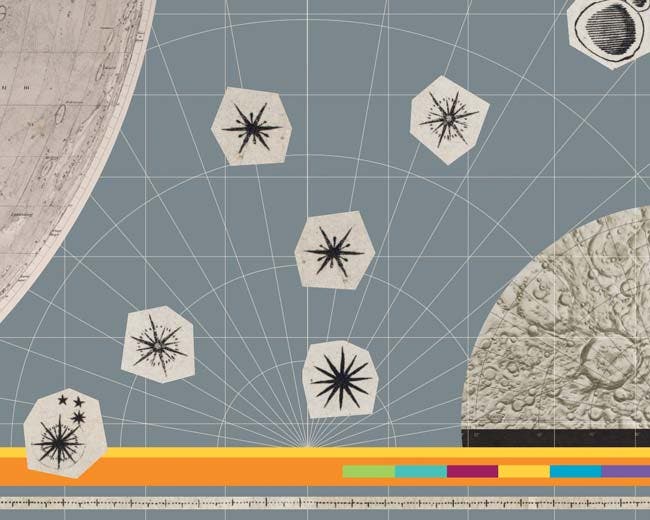
Mapping the Moon
Earth-based Lunar Photography
A new era of lunar cartography began in the late 19th century when large Earth-based telescopes began photographic surveys of the Moon.
Paris Observatory
In the early 1890s, astronomer Maurice Loewy conducted the first major photographic survey of the Moon from the Paris Observatory. Loewy’s atlas, published between 1896 and 1904, featured 80 plates of the Moon which he had selected from 6,000 photographs that were taken by the observatory’s 23.6-inch equatorial coudé refractor telescope. The publication became the standard lunar atlas well into the 20th century.
Lick Observatory
A second major photographic survey of the Moon began at the Lick Observatory near San Jose, California. Edward Holden began photographing the Moon with the observatory’s 36-inch refractor telescope in the early 1890s. He published the first plates of a proposed lunar atlas in 1897. Though the observatory had planned to publish 60 plates, only 19 were produced..
Photographic Lunar Atlas
In 1960, astronomer Gerard Kuiper published the last major atlas of the Moon prior to the space age that was based on Earth-based photographs. The atlas contains 281 photographs taken between 1901 and 1959 at five observatories: Mount Wilson, Lick, McDonald, and Yerkes observatories in the U.S., and Pic du Midi Observatory in France. Kuiper would become the principal investigator for NASA’s Ranger program in the mid-1960s, editing the voluminous photographic atlas of Ranger pictures.
